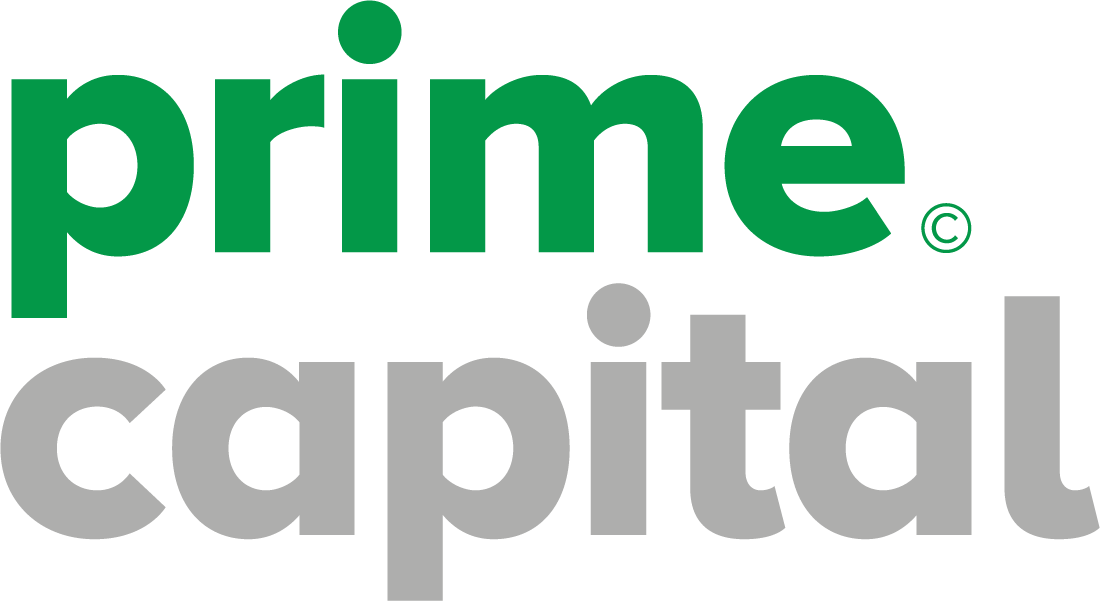Continuing our discussion on the essential “waters of life” that will power your business, we’re looking at the next piece of the puzzle—capacity. As before, these blogs are meant to highlight the essentials of any growing operation. Without these big three (Capital, Capacity, Continuity), you’re not going to get very far, just like you wouldn’t get very far in your own life without food, water, shelter, or coffee. Wait, have they made coffee for business yet?
Capacity in Action
So, what exactly is capacity when we are talking about it in a business context?
It is defined in a few ways, but these two are most relevant to our conversation.
- The maximum amount of contained assets.
- The total amount something can produce.
In essence, capacity is about measuring the limits of what your business can produce.
In your business, planning for growth is something that doesn’t just happen once a year. It’s something you do every day, and keeping capacity in mind will be essential for visualizing the upper limits.
Sadly, growth doesn’t happen consistently. As good as your planning may be, there are market realities that are not in your control, so you need to be thoughtful when building your capacity to account for any flux.
Why Does Capacity Matter for Operating Activities?
If you’re in retail, your daily sales capacity may be limited today by who calls in sick. Same in a service-based industry such as a restaurant—not having a cook or a server can severely limit your ability to seat and take care of customers. We have all had the unfortunate experience of a delay of our flight crew on a leg of our travel journey. No crew, no flight.
Most airlines don’t have a spare flight crew just kicking around the lobby on standby. Same with most small businesses, and many larger ones, too. Just try having to call someone in on Thanksgiving and see how it goes!
So, businesses have to hedge their bets a little—have a way to solve daily problems without just burning cash by having spare ‘capacity’ sitting around.
Capacity and Business Growth
When you zoom out, capacity is more than just a predictor of CURRENT business production ability. It also helps you define what limitations your business may have in the future, and that is not just limited to the people who are working inside of your business (hint: soon, we’ll talk about your role as well.)
When evaluating our business capacity, it is helpful to review these two principles:
- Utilization: the quantity of outcomes (production, client services, etc) created in the business by your resources, and
- Efficiency: how many resources it takes to produce those outcomes.
Utilization And Efficiency—Are They Really That Different?
Together, you can see that these are two sides of the same coin when it comes to your business. Too much capacity means you may have UNDER-utilization (i.e. your resources become too expensive relative to the outcomes that are produced). This is a resource inefficiency.
The flip side of that is too little capacity (i.e. OVER-utilization), meaning you are burning a hole in your tools AND your people. That is a second type of problem— resource insufficiency. No one wants a pilot who’s working his sixth shift in a row without a break or a piece of heavy equipment that is far past its tuneup.
Consequences of Mismanaging Capacity
Let’s visualize how these principles could be applied to your business.
Imagine creating a budget and setting your restaurant up with tools, space, and people to serve 100 people at lunch, but you never exceed 50 people at lunch. At these numbers, you have 50% utilization of your resources. A passing grade, but not great.
Similarly, hotels hope to have their rooms occupied 70% of the time, but during the pandemic, many hotels saw occupancy rates under 20%. This led to a Capacity Surplus, which is not helpful for a business owner.
Surplus may be important to cover surge times, but unless you are a company like Uber, you may not be able to pass on surge pricing to your clients. In that case, you’re paying a high price to have resources sit idle.
Tech businesses like online hotel booking sites take advantage of this knowledge to sell you ‘unused’ capacity in a hotel at the last minute at a discount. It’s important to ask yourself—can you turn your surplus into a benefit? If not, you may want to consider reducing your capacity until you can more reliably utilize the resources that you are paying for.
On the other hand, imagine that a manufacturing business wins a brand new contract that will double its sales volume to 200 units per month, but the machinery, processes, and staff are used to only producing 100 units per month. This is a Capacity Shortfall and can lead to disastrous outcomes at every level of the company.
Planning Your Business Capacity
Solving for capacity growth (especially when you have to pay for it in advance of the growth) is sometimes just as difficult as solving for having too much capacity (i.e. capacity you pay for but which is producing no value in the business).
For most businesses, capacity is a combination of people, systems, and machines that drive outcomes. The balance of connecting these resources is a precious one—just think of how quickly Amazon can replace a package compared to how long it takes to get a new passport from the government. With the right inputs, adaptability in your capacity is like a magic wand that can turn every possible outcome into a windfall.
In a perfect world, imagine you decide to build out your capacity optimistically so you CAN grow later—like an amazing, brand-new dealership floor staffed with mechanics, fresh pots of coffee, and heavy equipment that never breaks.
It’d be downright eerie. Most businesses can’t afford to be capacity-rich but utilization-poor, at least not for too long. There is a fine line between the ability to grow and being ‘house-poor’ as a business. Everything you gain in inventory and machinery, you might lose to floor staff, and vice-versa. It’s a dance where the steps are never known ahead of time.
Investing In Your Capacity—The Dos and Dont’s
While waiting for the right moment to inject capital and capacity works well in a fine-tuned supply chain world, being stingy about investment in growth may leave you one “man down” moment from blowing a big hole in your capacity. Many seemingly successful businesses spend their lives bailing water out of the profitability boat because they experience one of these common failures:
- Loss of key staff (and in a small business, that could be ANY staff.)
- Machinery or equipment breakdowns causing production delays.
- A receivables crunch means you don’t have enough money to pay your suppliers (creating a supply chain barrier).
- Bottlenecks in process (this could be the training and effectiveness of your team, or it could just be the wrong tools to get the work done).
When faced with these challenges, it is important to create an investment plan for growing your capacity without stretching yourself into capacity surplus territory.
So, how do we do this while keeping our chequebook and sanity in check? Come back next week, and we’ll check out a few solutions together! Or, get in touch, and we’ll skip the small talk and get you on track to leasing the capacity you need (without the expenses you don’t)!



